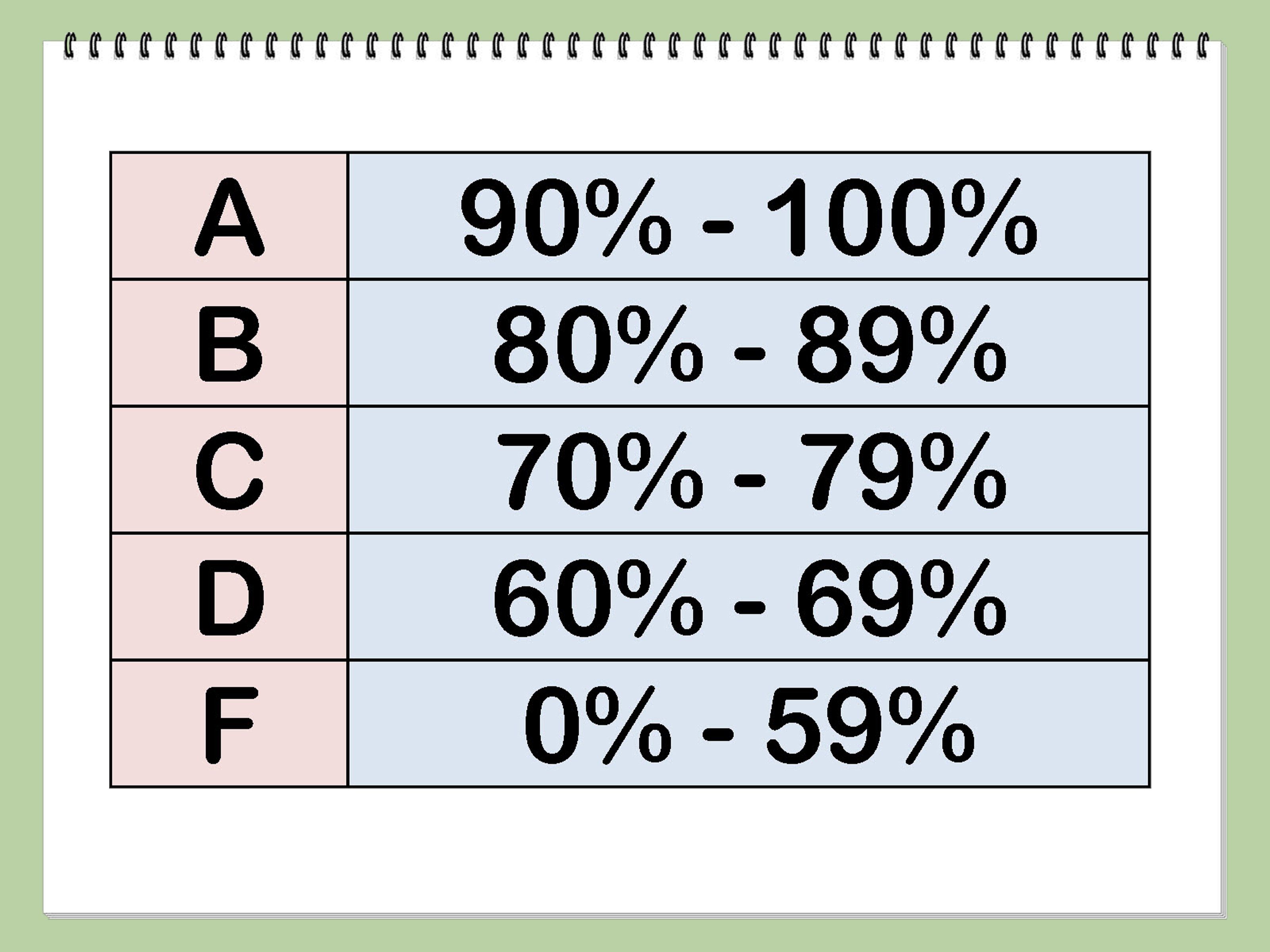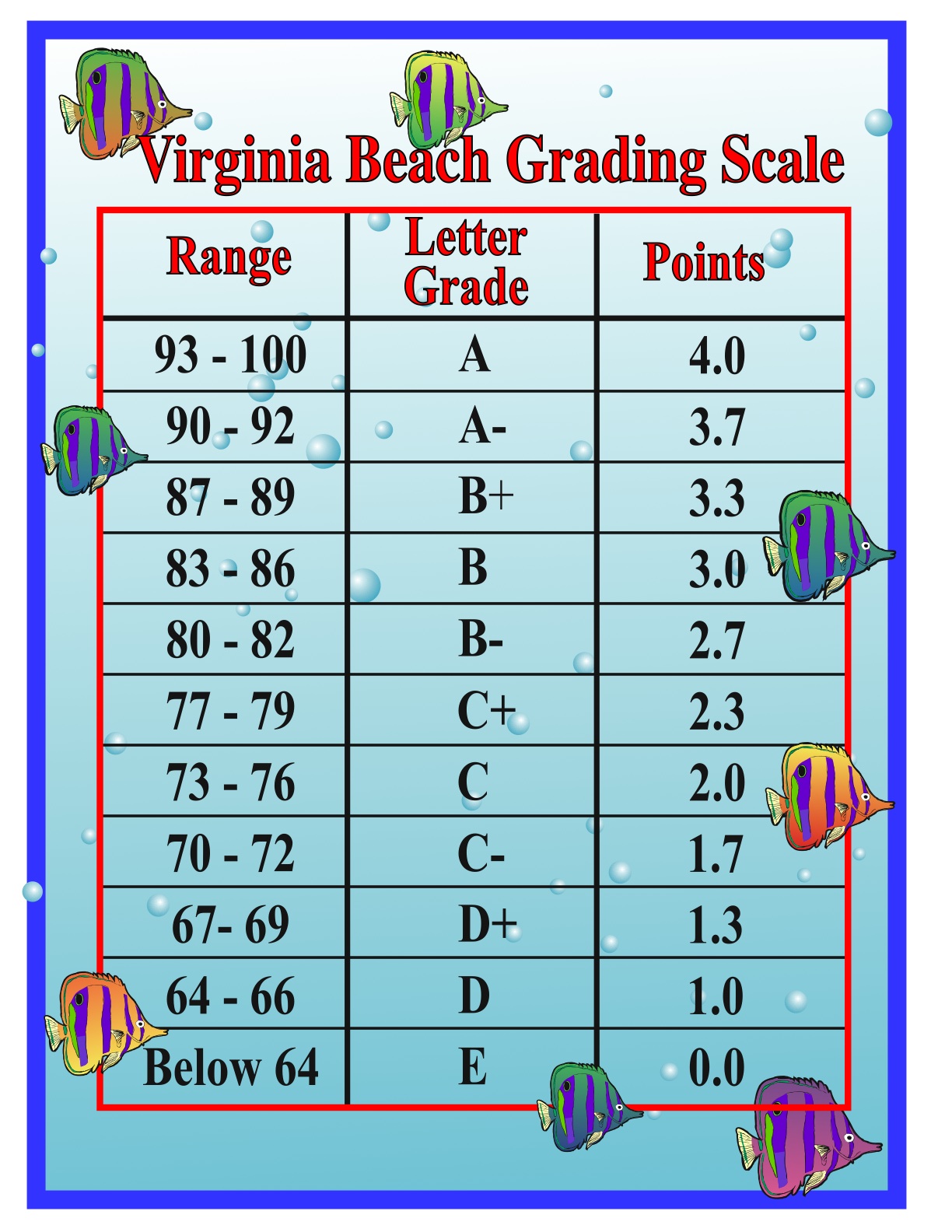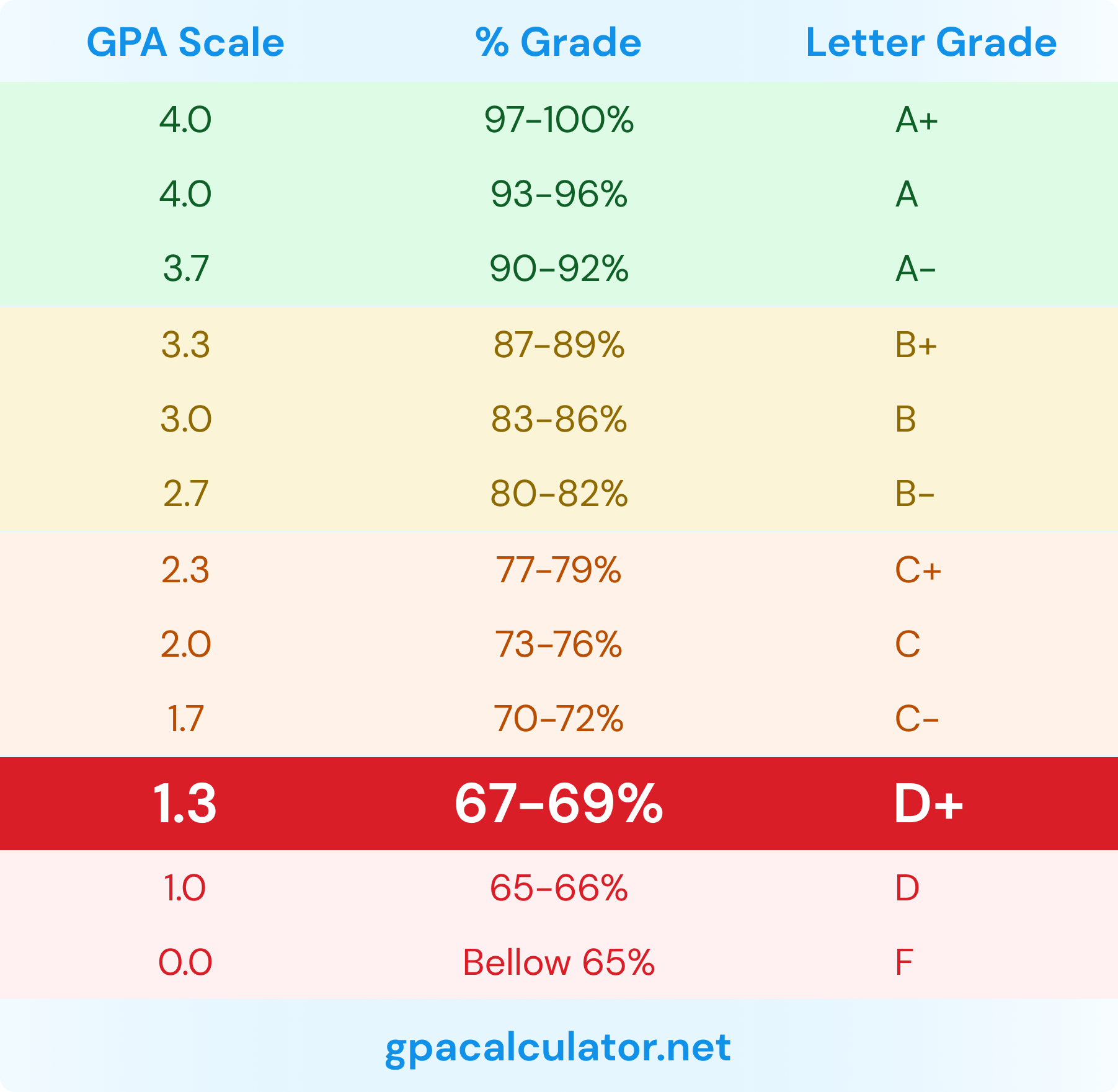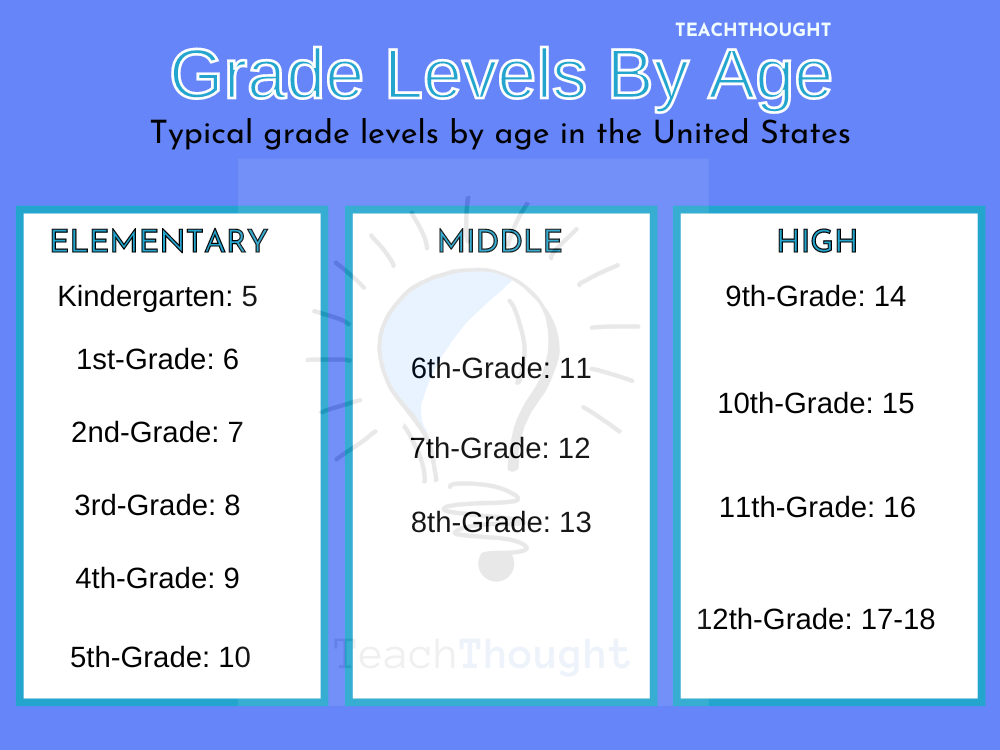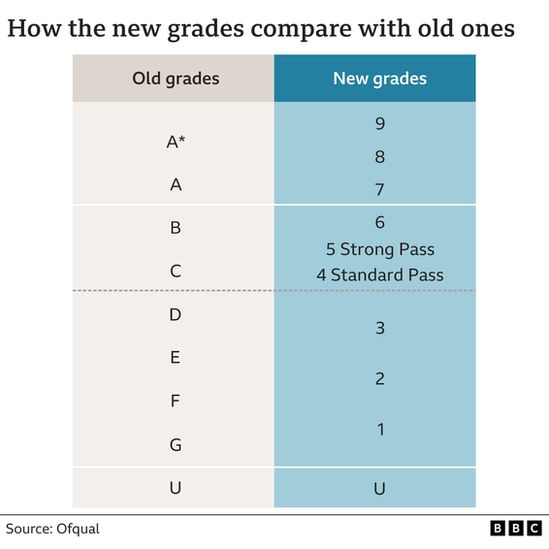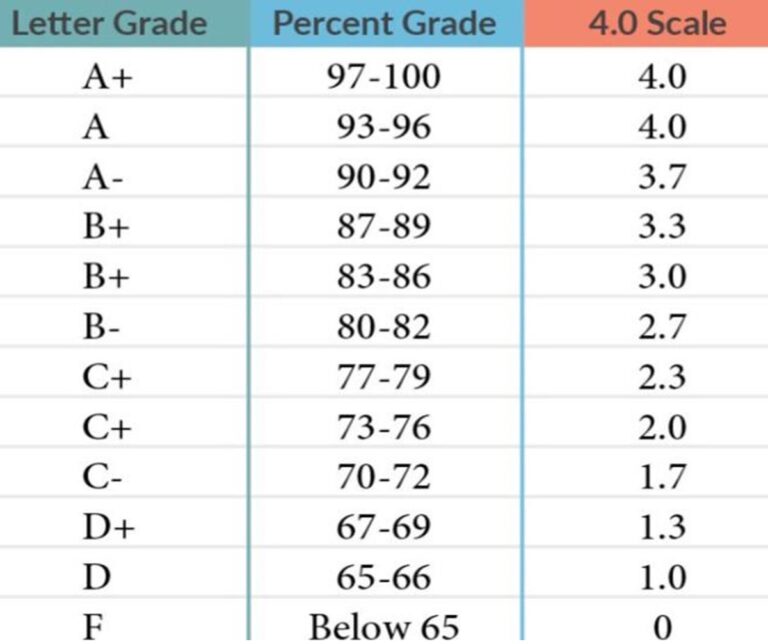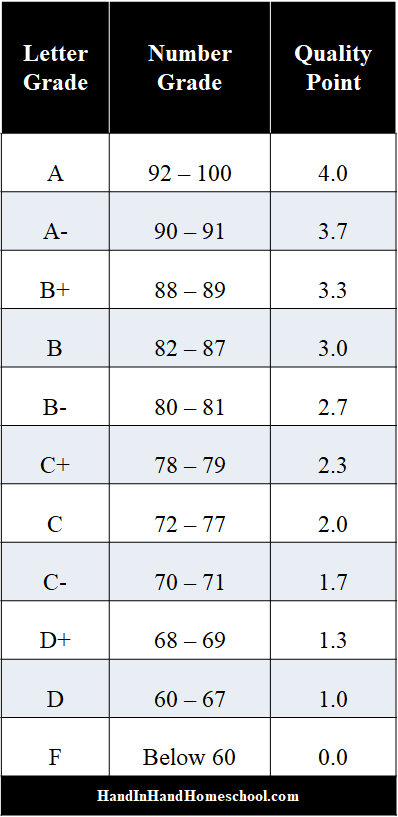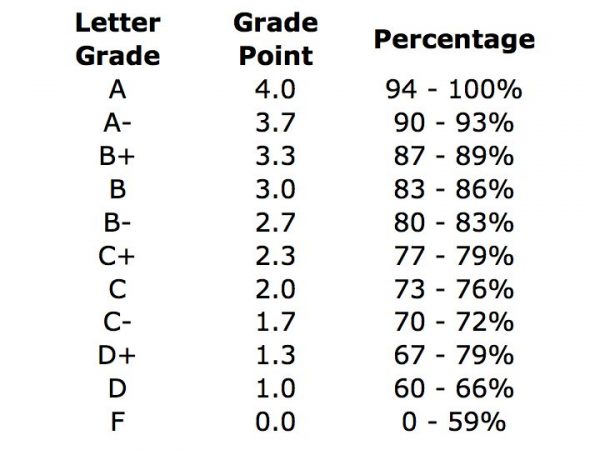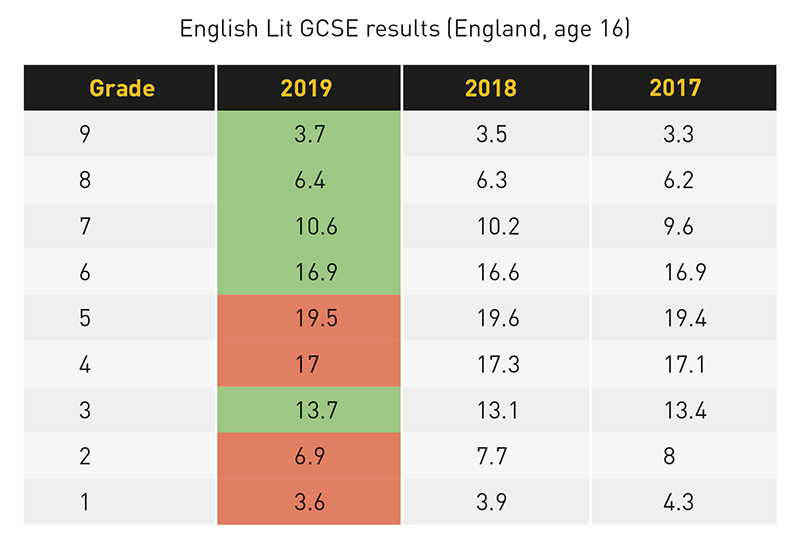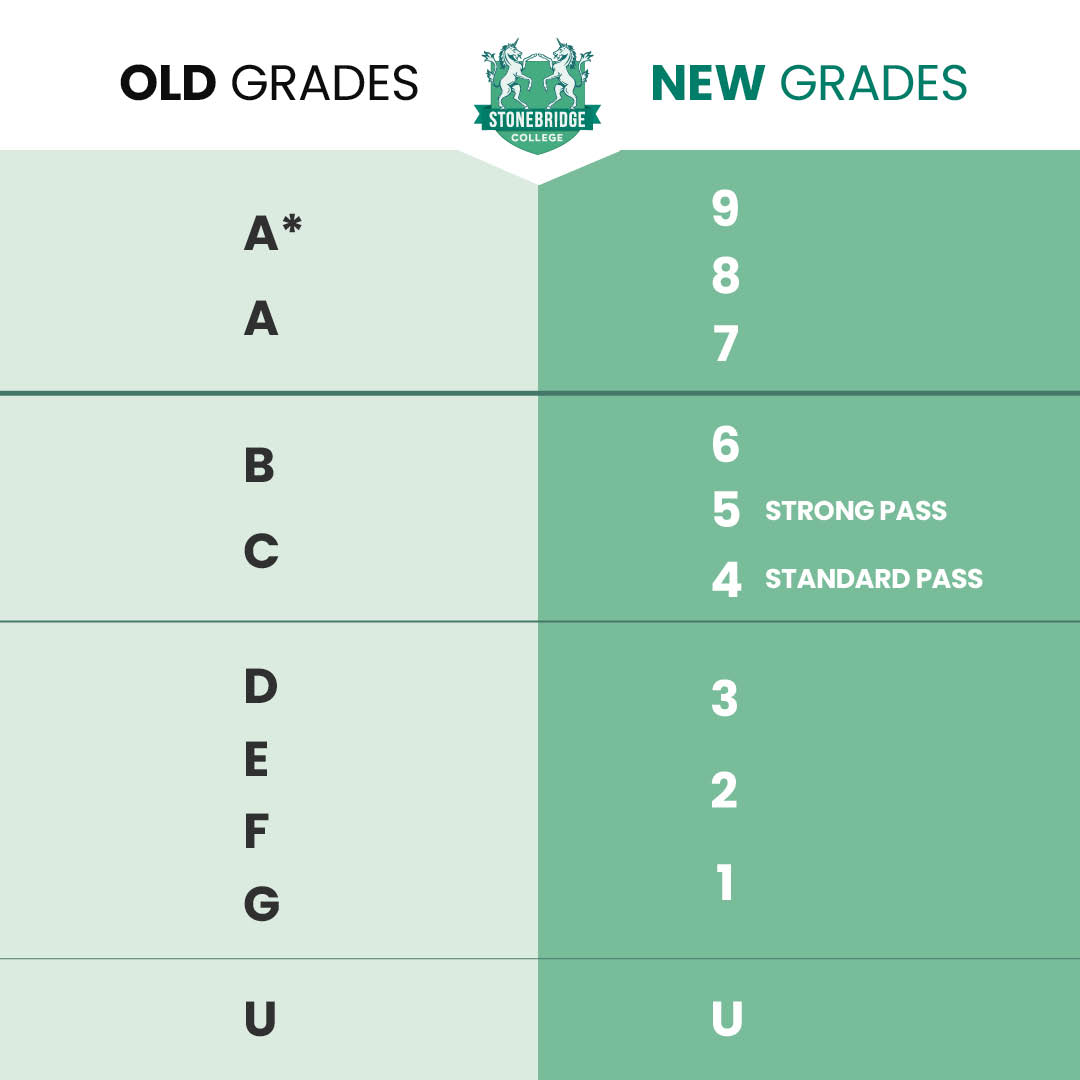What Grade Is A 21 Out Of 25

The air crackled with anticipation in Mrs. Davison's fifth-grade classroom. Sunlight streamed through the windows, illuminating dust motes dancing in the air as students nervously awaited the return of their history quizzes. Little Timmy fidgeted, his eyes darting between the clock and the stack of papers on Mrs. Davison's desk, wondering what fate held in store for his academic efforts.
For students, parents, and educators alike, the burning question often arises: What grade does a 21 out of 25 translate to? Understanding how to interpret these scores is crucial for gauging academic performance, identifying areas for improvement, and celebrating successes.
The Simple Calculation: Percentage Conversion
At its core, determining a grade from a score like 21/25 involves a straightforward percentage calculation. Divide the obtained score (21) by the total possible score (25), and then multiply by 100.
Mathematically, it looks like this: (21 / 25) * 100 = 84%. Therefore, a score of 21 out of 25 is equivalent to 84%.
From Percentage to Letter Grade: A Varies Landscape
The journey from a percentage to a letter grade isn't always a uniform path. Different schools, districts, and even individual teachers might employ slightly different grading scales.
However, a generally accepted grading scale often looks something like this: 90-100% is an A, 80-89% is a B, 70-79% is a C, 60-69% is a D, and below 60% is an F.
Based on this common scale, an 84% would typically translate to a B. But remember, this is just a general guideline.
Exploring the Nuances: Different Grading Systems
Some educational institutions employ more granular grading systems, incorporating pluses and minuses to further differentiate performance levels. For instance, an 84% might be a B+ or a B- depending on where it falls within the 80-89% range.
Other systems might utilize a four-point GPA scale, where letter grades are assigned numerical values (A=4, B=3, C=2, D=1, F=0) and then averaged to calculate a student's overall grade point average. Understanding the specific grading policy in use is essential for accurate interpretation.
The Importance of Context: Beyond the Numbers
While the numerical grade provides a snapshot of performance on a particular assignment, it's crucial to consider the broader context. A single quiz score doesn't tell the whole story of a student's understanding and progress.
Factors such as the difficulty of the quiz, the student's learning style, and any extenuating circumstances should also be taken into account. Effective teachers use grades as one piece of information to guide instruction and support student learning.
Moreover, it's important to remember that grades are not the sole indicator of a student's potential or worth. Creativity, critical thinking, collaboration, and other essential skills are not always easily measured by traditional assessments.
Perspectives from Educators: Focusing on Growth
Many educators are shifting away from a purely grades-focused approach towards a more holistic assessment of student learning. Formative assessment, which involves ongoing feedback and opportunities for improvement, is gaining prominence.
Mrs. Johnson, a high school English teacher, explains, "I try to emphasize the learning process rather than just the final grade. I want my students to see mistakes as opportunities for growth and to develop a lifelong love of learning."
This approach aligns with research suggesting that focusing on mastery and effort, rather than simply on grades, can foster greater student motivation and achievement.
Parental Involvement: Supporting Student Success
Parents play a vital role in supporting their children's academic journey. Open communication with teachers, a supportive home environment, and a focus on effort and perseverance can significantly impact student success.
Instead of solely fixating on grades, parents can encourage their children to ask questions, seek help when needed, and embrace challenges as opportunities for learning. Celebrating effort and progress, rather than just the final outcome, can foster a growth mindset.
Tools and Resources: Online Grade Calculators
For quick and easy grade conversions, numerous online tools and calculators are readily available. These resources can be particularly helpful for students and parents trying to understand their academic standing.
However, it's important to verify the accuracy of these tools and to understand the underlying grading policy being used. Always consult with the teacher or school counselor for the most accurate and up-to-date information.
The Broader Implications: College Admissions and Beyond
While grades are not the only factor considered, they do play a significant role in college admissions. Colleges and universities typically look at a student's GPA, course rigor, and standardized test scores to assess their academic readiness.
However, many institutions are increasingly adopting a more holistic review process, taking into account factors such as extracurricular activities, leadership experience, and personal essays. The emphasis is shifting towards evaluating the whole person, not just their academic record.
Looking Ahead: The Future of Assessment
The landscape of education is constantly evolving, and assessment methods are changing along with it. There is a growing movement towards more authentic and performance-based assessments that better reflect real-world skills and knowledge.
Projects, presentations, portfolios, and other alternative assessments are gaining popularity. These methods allow students to demonstrate their understanding in more meaningful and engaging ways, while also providing teachers with a more comprehensive picture of their learning.
Conclusion: Embracing the Learning Journey
So, a 21 out of 25 is generally an 84%, often a B. But the number is just a single point in a larger story. The true value lies in the learning journey itself, the effort expended, and the growth achieved along the way.
As we reflect on Mrs. Davison's classroom, let's remember that education is not just about memorizing facts and achieving high grades. It's about fostering curiosity, cultivating critical thinking, and empowering students to become lifelong learners.
